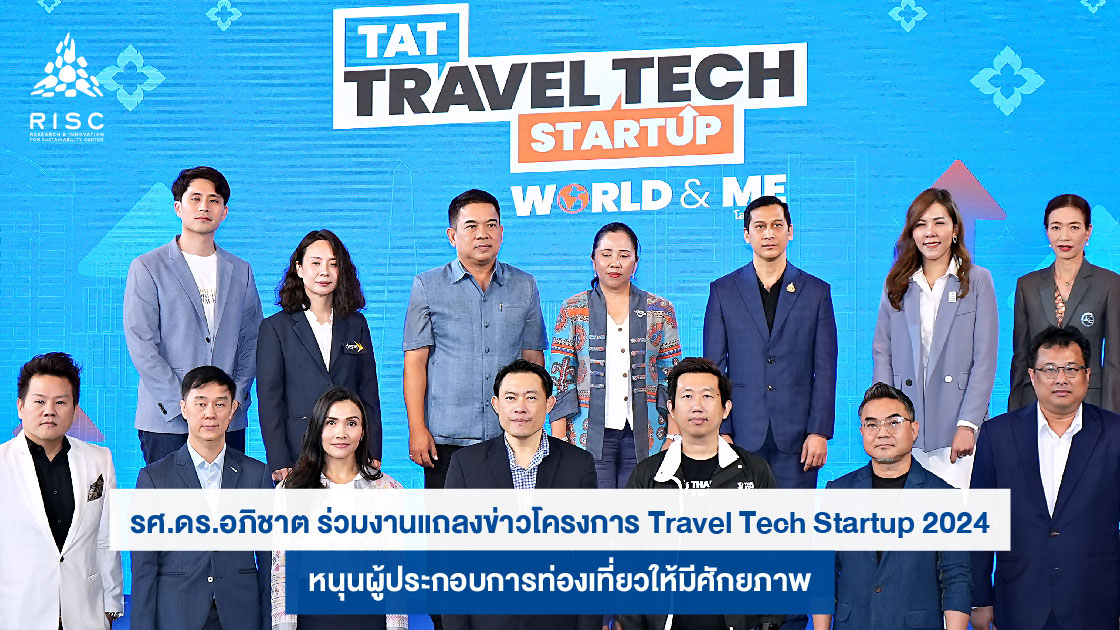
Well-being Material Library
As RISC researchers, we focus on the search for the best materials to implement in construction projects as well as for a better quality of life according to our concept of "for all well-being".
Expanding our Integrated Research Network and building partnerships with public sector eco-designers and manufacturers, the library will exponentially grow and become one of the most extensive eco-material collections available.

Materials Display
This is the first library to collect and display eco-materials for design and architectural applications to support designers. The library also showcases the most updated material trends.

Materials Studio
Material Studio Workshop is a space for preparing new materials for the RISC library. The studio includes a photo studio and material storage space. It is also a space for collaborative workshop activities to exchange ideas and information.

Materials Online
The information on all materials will be collected and digitized for our online database which you can conveniently search for information. In the future, this database will be the most comprehensive material database available.
Find your favorite materials
Knowledge
The Secret of The Forestias
Did you know? Behind the development of a large-scale project like The Forestias by MQDC lies more than just real estate—it is also a living learning platform.MQDC is a property developer that emphasizes applying recognized knowledge and research to real-world development, using its projects as a “sandbox” for learning and elevating construction practices in Thailand. The Forestias has therefore become a real-life learning environment for nature, bold ideas, and innovative theories that depart from conventional construction approaches. Rooted in the philosophy of harmonious living with nature, the project integrates architectural beauty with a thriving urban forest, applying the Miyawaki reforestation method—an ecological afforestation technique that imitates natural forest systems. This approach has proven successful, as seen in the forest’s significant growth over the past 4–5 years.The Forestias is more than just a forested community—it is a project that integrates scientific research beneficial to all forms of life in one place.Research integration, or the process of translating research into built reality, is at the heart of this project. Examples of research-backed environmental innovation include the enhancement of trees’ natural capabilities. RISC has studied the potential of Thailand’s climate and native tree species to generate electricity—an extension of Plant-e’s research, which produces electric energy from plant photosynthesis. Excess energy from photosynthesis is transferred to the soil and roots, where microorganisms exchange charges, creating an electrical current that can be used to power small electronic devices and lighting.Another example involves the disappearance of “fireflies,” a natural indicator of ecological health. RISC collaborated with the Department of Biology, Faculty of Science, Chiang Mai University to conserve fireflies and reintroduce them to urban areas. The research developed methods that mimic natural habitats, enabling fireflies to be raised from eggs to adulthood. It also created naturalistic “firefly homes,” selected floating plants for daytime shelter, added cattail clusters for nighttime refuge, and enhanced biodiversity within water bodies as food sources. Water quality, soil conditions, and appropriate lighting levels were also established to prevent disturbance—allowing fireflies to be released back into the natural environment within The Forestias.The Forestias thus serves as a model space where innovation and environmental conservation spark tiny yet meaningful lights—creating learning opportunities and inspiring everyone who visits.In addition, the project incorporates a wide range of embedded research insights, such as stress reduction through nature, health benefits supported by Active Design, inclusive exercise spaces for all ages, safety in design and materials, light-pollution mitigation, improved air quality for living, environmental adjustments for optimal habitat, urban heat-island reduction, and lower carbon emissions through design strategies. The project also serves as a pioneer for circular development in Thailand’s real estate industry—supporting well-being and driving global innovation. RISC firmly believes in creating real, meaningful value that benefits all forms of life.Story by Dr. Jittapat Choruengwiwat, Senior Vice President of RISCReference byhttps://www.plant-e.com/en/https://www.facebook.com/lightpollutionthailand/videos/1033573107919046https://www.facebook.com/riscwellbeing/photos/a.1950097545253419/2896702223926275/?type=3&locale=th_TH
FOR MEMBER
FOR SUPPLIER
Sign up for free membership and gain access to our facility, which includes the Well-being Material Library.

